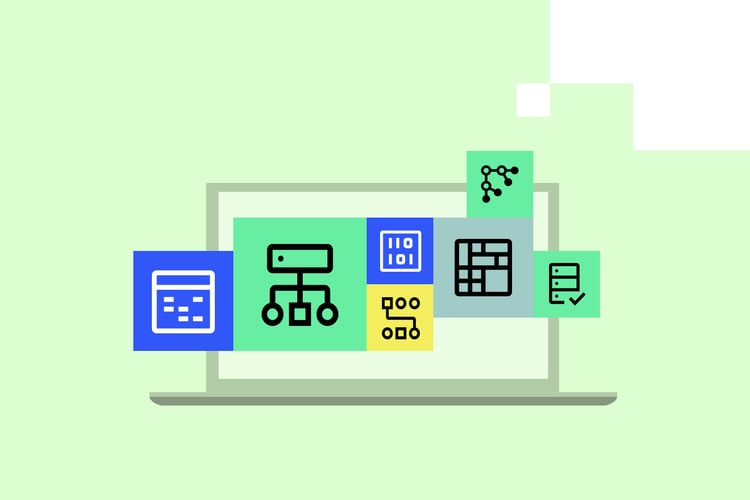Welcome to part 2 of a 6-part article series on knowledge, the Buyer Journey, marketing/sales synergy and better sales results. Our last article was Forget Big Data—say hello to Big Knowledge!. We identified the term ‘data’ as problematic and ‘knowledge’ as powerful. Data is a mineral; knowledge is the pure precious metal distilled from all that crushed stone. In this article, we look at the kinds of knowledge that you have to gain along the buyer journey in order to create the precious metal that will optimise and maintain engagement throughout.
There’s a new rule of thumb for this evolving digital age: whenever a prospect or customer interacts with you, store all the information you can. If you store the details of an interaction, you don’t need to guess if something happened…and facts are better than guesswork, ten times out of ten. The customer either did something, or they didn’t. Computing power has gone up and the cost of storage down, so there’s really no reason not to store everything.
The types of knowledge you need
You can slice and dice prospect/customer knowledge in many ways, but the following six categories work well for our purposes. These are the kinds of knowledge that are useful to marketers, especially with respect to setting up a marketing automation program:
- Target company knowledge: In addition to firmographics: what are their needs and challenges, what’s their focus, who are their key competitors?
- Channel knowledge: What search terms are most popular; what are the hot forum and opinion-leader topics ? Where are the hot spots where my audiences spend their time?
- Content knowledge: Of the topics you identified in the previous step, what gets consumed? Is it eBooks, videos, case studies, comparisons, reviews & ratings, etc?
- Engagement knowledge: To what extent do prospects/customers engage and by what means? What are the results? Are they filling out surveys, adding ratings, leaving comments or reading FAQ pages?
- Usage knowledge : What are user and time metric trends on the various platforms you are using, from unique email opens to post likes? What about help desk and support usage?
- Purchasing behaviour knowledge: What makes it into the shopping cart and what causes shoppers to abandon their carts? At what point do they tend to do so? How well do special-offer-after-abandonment efforts work? What results do up-sells and special offers yield?
Explicit, implicit
No, we’re not talking about adult content or nasty rap songs. We’re talking about two different types of data. It’s an important distinction because explicit data yields knowledge that’s immediately actionable, while implicit takes a whole lot of manipulation to turn into knowledge—something best accomplished with tools like machine learning. When you accumulate knowledge, be sure to draw that distinction. Here are the definitions:
Explicit data is that which leaves no ambiguity around customer intent. As examples, someone buys a product, rates a film, or gives a post a thumbs up. It’s clear how they feel about a product, service or idea. There is a direct line from this kind of data to knowledge that you can act on confidently.
Implicit data leaves you guessing at motives. It’s much more prevalent than explicit data and includes actions like browsing a website, opening an email, viewing a product online without making a purchase, or simply reading an article. Because action does not clearly indicate intent, it requires manipulating before you have knowledge you can act on.
An interesting study on lead scoring shows that companies with the highest (most effective) lead scores had incorporated at least 3 implicit attributes. The study’s authors suggest that the reason why many companies don’t use implicit attributes is because they are much harder to process/implement—but that machine learning can be used to solve this issue.
Soon we will look into using machine learning to rapidly accumulate quantities of valuable prospect/customer knowledge. But first there is one more step: how to accumulate the various kinds of knowledge we need….which is the topic of our next article.





